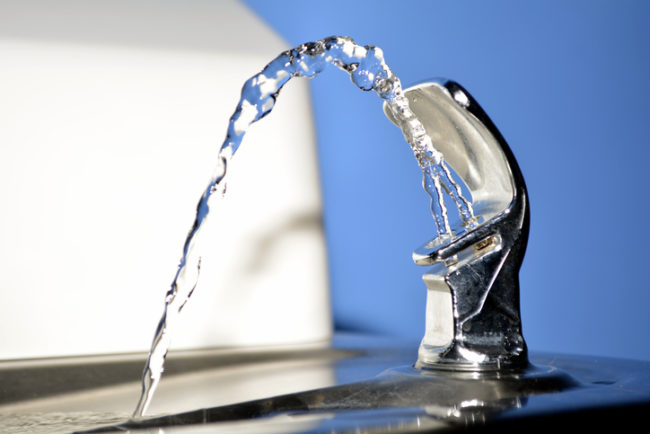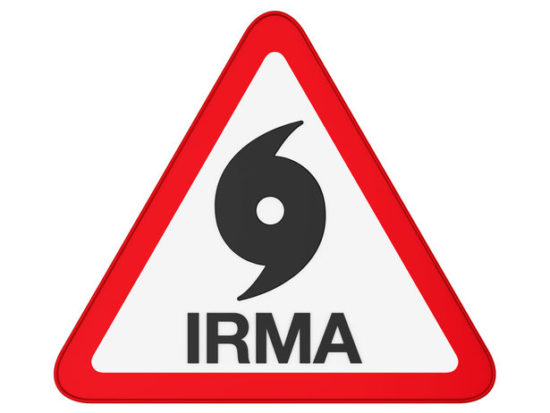On November 2nd and 3rd in Atlanta at the CLM Southeast Conference, Goldberg Segalla Partner George Buermann, CEO Dawn Krigstin, Envoy Specialty LLC, and Senior Vice President Philip Watters, P.E., Rimkus Consulting Group, Inc. will hold a panel discussion on “Environmental Cost Recovery Actions and Spill Litigation.” The discussion will be geared towards addressing the myriad of challenges that face insurers and insureds in CERCLA /Superfund matters and other similar state actions and offering tips that will position your company in …
Continue Reading









